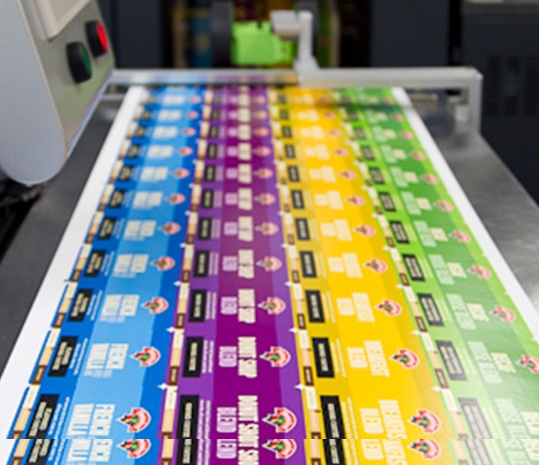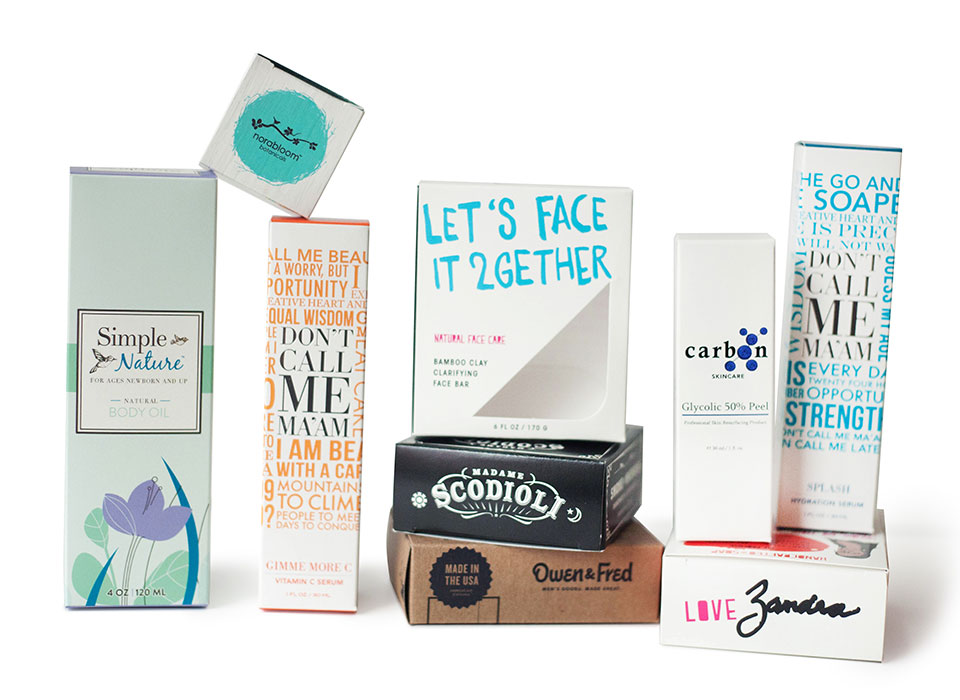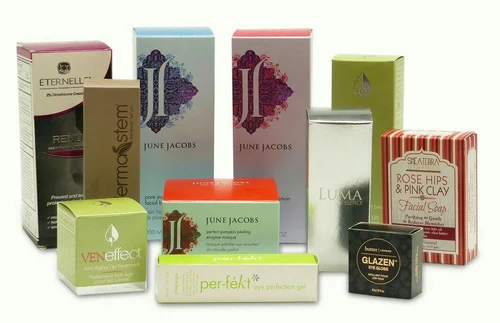Chinese Food Boxes
Admin March 31, 2023 Food Box Printing Chinese Food Boxes Chinese food box printing has become an essential aspect of the food industry Chinese food box are a hit in the takeout and delivery sector due to their practicality, easy to use nature and variety of foods that can be delivered in them. These boxes …










